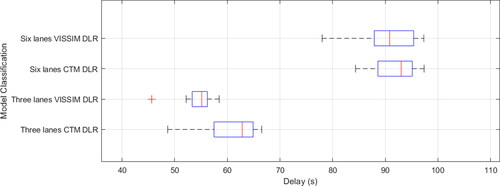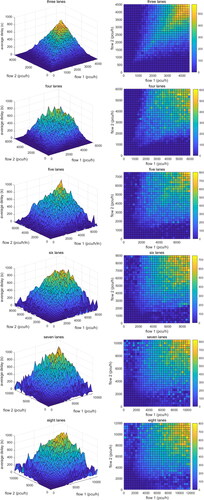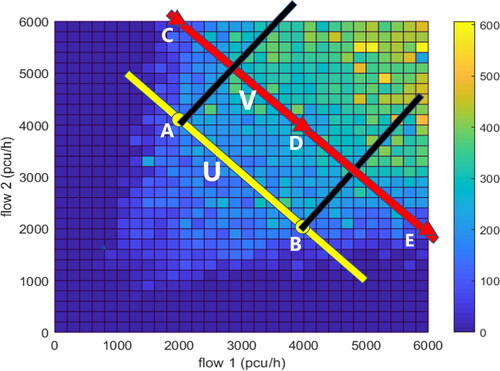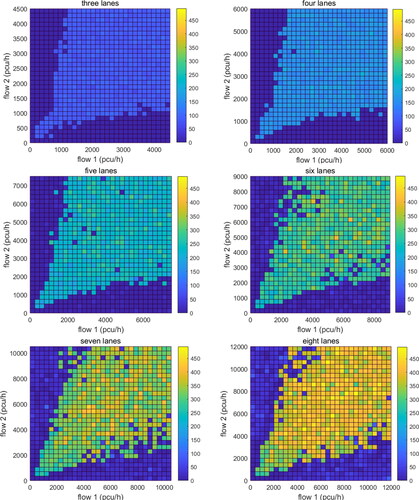Figures & data
Figure 1. Shift of Lane Directions in DLR. (a) Initial lane configuration. (b). Lane configuration in the next time interval.
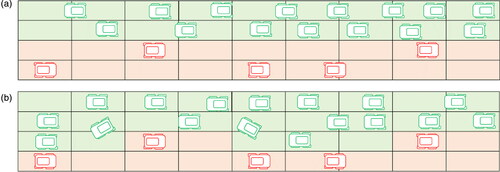
Table 1. Correction coefficients.
Table 2. Default and recommended values of sensitive parameters.
Table 3. Parameters in the NSGA-II algorithm.
Table 4. Direction inflow rate for different lane conditions.
Table 5. Result of regression parameter estimates.




